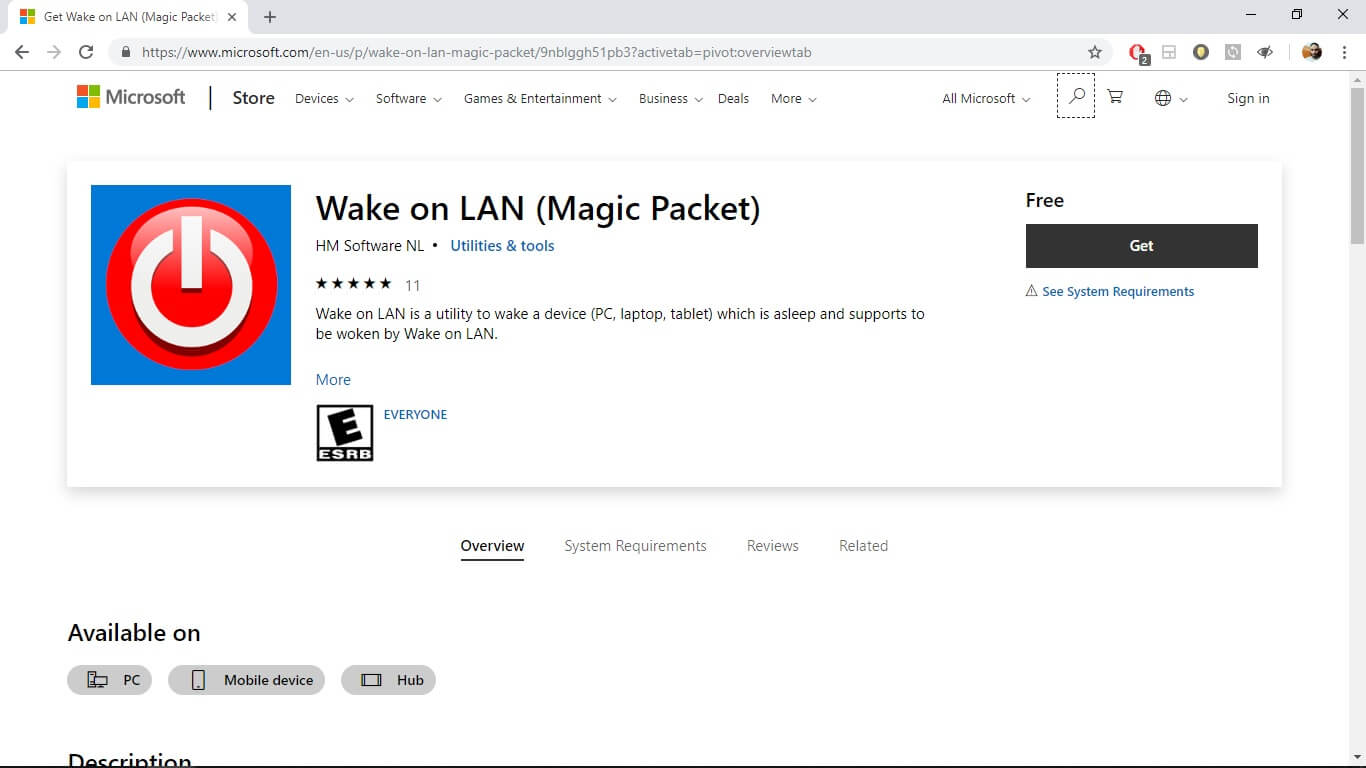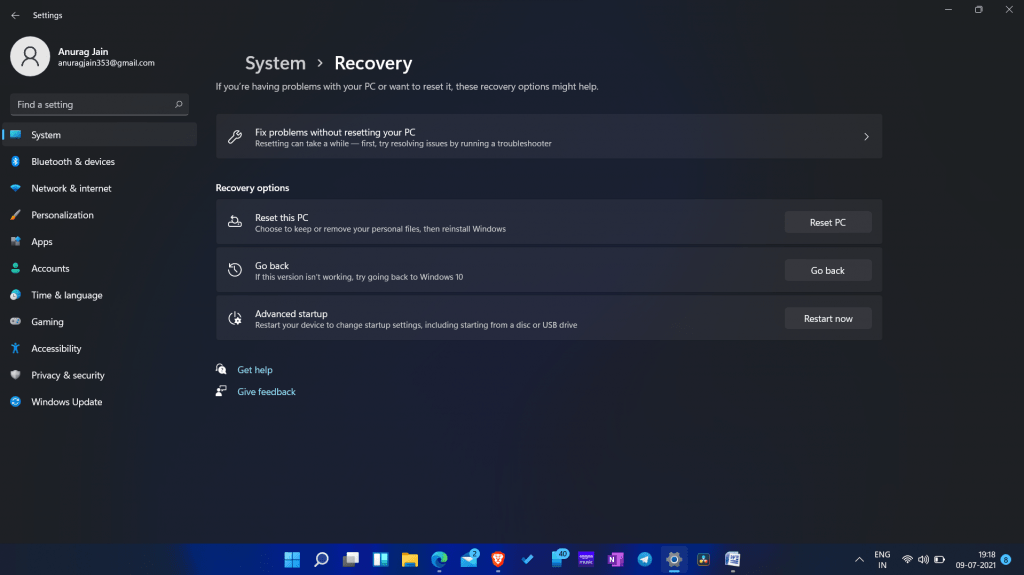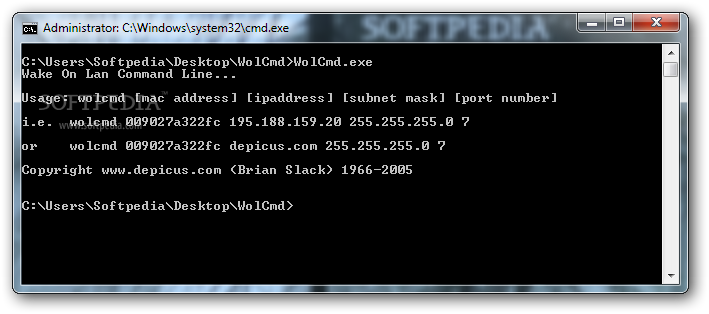
- #WINDOWS WOL WAKE SUPPORT HOW TO#
- #WINDOWS WOL WAKE SUPPORT DRIVER#
- #WINDOWS WOL WAKE SUPPORT PC#
- #WINDOWS WOL WAKE SUPPORT WINDOWS#
To do this, right-click the Start button and.
#WINDOWS WOL WAKE SUPPORT WINDOWS#
If I restart the machine then everything behaves normal. Enabling Wake on LAN on Windows 11 If your BIOS/UEFI settings are configured, you can then configure Windows 11 to support Wake on LAN functionality. The key is definitely the use of Wake On Lan. Turned out htat process wasn't the cause? I see no setting for wake from PCI device. Power > Automatic Power On > Wake on LAN: Automatic. Power > Enhanced Power Saving Mode: Disabled I see no setting for Deep Sleep. Using powercfg -requestsoverride what I thought was a process preventing sleep. BIOS (UEFI) firmware updated to the latest version available from the system manufacturer. Made sure power "Allow computer to sleep" under power config multimeda settings. I've checked powercfg -requests multple times, it shows no stay awake requests I have left the machine with all programs closed on the desktop and come back hours later and it hasn't turned off the screen or shut down. The machine behaves normally but unless manually triggered will not go to sleep no matter how long the period of inactivity. All good! However, if I wake the machine using a magic packet over ethernet it goes into, what I affectionately call, Zombie Mode. After a period of activity the screen turns off and the machine goes to sleep as per the power settings. The Problem: When I freshly startup the machine it behaves normally. My machine is custom built and uses a MSI Z97 gaming 3 motherboard, which incorporates a "Qualcomm Killer Ethernet 2200" network solution. internal Auto-negotiation: on Supports Wake-on: pumbg Wake-on: g Current. So waking from S5 is possible on some systems if enough residual power is supplied to the network adapter, even though the system is in the S5 state and devices are in D3. Also - all computers with access to my unRAID server are Windows machines. However, some network adapters can be left armed for waking if enough residual power is available. I use my computer remotely and so have configured wake on lan using a magic packet. WOL from S5 isn't officially supported in Windows 7.
#WINDOWS WOL WAKE SUPPORT PC#
Because this requires opening the computer case, we advice you to contact your PC manufacturer for specific instructions.This is the first time ever I've had to ask a tech support question on a forum! Normally a bit of google fu and persistence and any problem can be solved right? Not this time! Open start type in CMD, right-click command prompt and choose Run as Administrator. Ensure that any USB NIC Adapters are WOL capable, before any troubleshooting of the system. For more information about reporting WOL capabilities, see Reporting Power Management Capabilities.
#WINDOWS WOL WAKE SUPPORT DRIVER#
A miniport driver reports network adapter WOL capabilities during initialization. Systems without an integrated network jack will need a USB Dongle that is WOL compliant. The wake on LAN (WOL) feature wakes the computer from a low power state when a network adapter detects a WOL event. NOTE: Most modern systems are equipped with a RJ-45 network jack.

Once in Windows, open the command prompt with administrator rights. This is the port that supports Wake-On-LAN.

Wake-On-LAN (WOL) Cableįor Wake On LAN to work on computers with older PCI busses, a WOL cable must be installed between the Network Card and the Motherboard. To configure your Wake on LAN Tool follow these steps (steps may vary on other tools): Start the System that you want to wake up. For example in Windows 2000, click Power Management tab and under the Adapters properties, select the option Allow this device to bring the computer out of standby.Īlternatively, you can also check the Advanced setting table for parameters related to Wake on LAN and Waking on "Magic Packets" and enable them.
#WINDOWS WOL WAKE SUPPORT HOW TO#
In some Windows OS, the drivers can enable the Wake ON LAN features of network adapters. This section will describe how to enable this in Windows, Mac OS X and Linux.

To know about setting up the tool click here. WakeOnLAN allows a server to be remotely powered on.


 0 kommentar(er)
0 kommentar(er)
